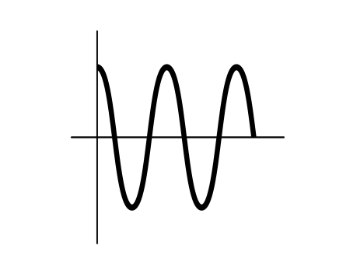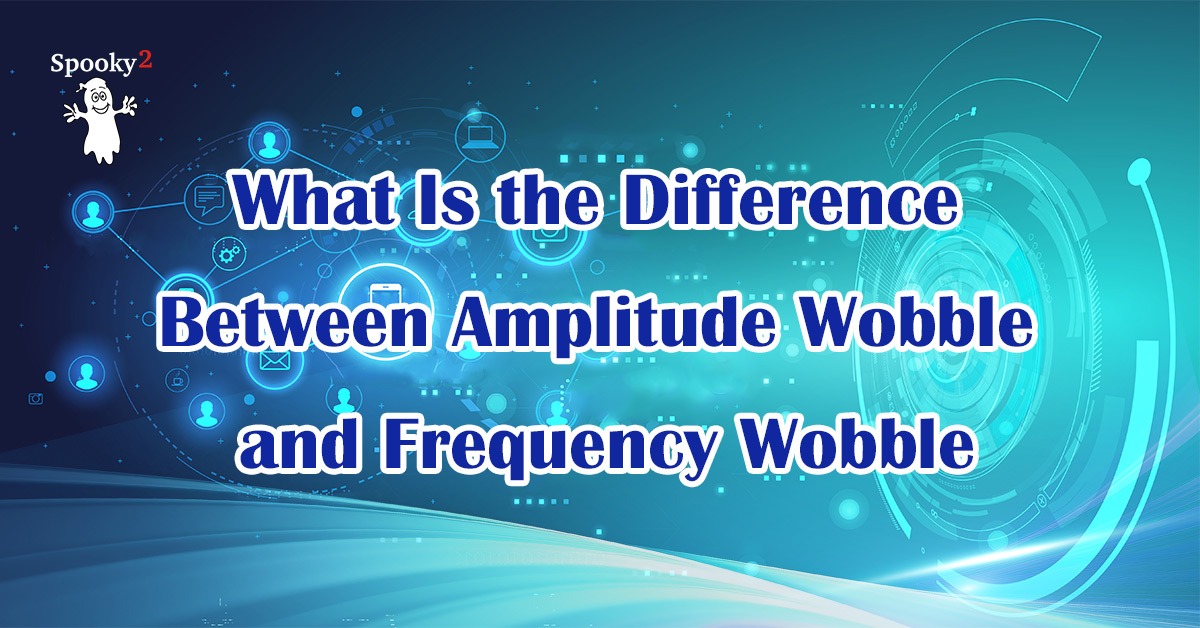Recently, we’ve seen many questions like this from our customers in the Spooky2 Facebook group: What is the function of Wobble in the Spooky2 software, what are the differences between amplitude wobble and frequency wobble, and how can we use them? If you have similar questions, don’t miss this article.
What Is Wobble
The purpose of Wobble is actually to reduce your “resistance.” For example, when we take a medication for a long time, we are likely to develop a resistance to it. Transferring a specific frequency to the body works similarly. If you transmit the same frequency to your body for a long time, the pathogens in your body may develop resistance to that frequency. To evade the attack, they may slightly change their frequency. In this case, if you use wobble on a frequency (e.g., 20hz), it will not only output 20hz but also 19.9hz, 20.1hz, and so on, to capture those mutated pathogens more effectively and kill them.
What Is Amplitude
When you transmit a frequency to the body, the frequency enters your body in a specific waveform. Amplitude refers to the height of the wave, and you can think of it as the intensity. Like waves in the sea, small waves may not have much impact on you, but large waves are powerful enough to knock you down on the beach.

The Difference Between Amplitude Wobble and Frequency Wobble
As the name implies, Amplitude Wobble changes the amplitude, while Frequency Wobble adjusts the frequency. Our administrator, Kirstin Mason, explains it this way:
Say you want to hit 10hz for something you chose in your list. The program is running on a remote, and you can see it is running at 20v. You have four buttons on the control panel you can use. START, STOP, AMPLITUDE WOBBLE, and FREQUENCY WOBBLE. Amplitude is the energy going into the wave. The wave is set to 20v, but you want to wobble it. So, you hit the amplitude wobble button, and you see the voltage going up and down. Imagine ocean waves are coming at you. Some are big waves, while some are small. The height of the wave is the amplitude. Hitten by a small wave is no big deal, but getting hit by those big waves will throw you around. Why? Because there is more energy in the big waves. That is amplitude, the wave height. By practicality, its power.
When you select frequency wobble, it would show you that 10hz fluctuating, say to 10.5hz down to 9.5 hz as an example. Say you had some fictional pathogen called Pathogen A, and some people had measured it to resonate at 10hz. But it mutates in you, and the resonance point is at 10.2hz. The frequency wobble would hit it every cycle.
Amplitude wobble might start the pathogen A to begin vibrating, eventually tearing it to pieces, and this might be more effective than just hitting it with full power right away. The amplitude wobble might also be good for contact mode. Say you dislike the feeling of 10hz on contact leads. Imagine you are wearing a TENS exercise machine, and the experience might be unpleasant. You still want contact, but you want it to be less uncomfortable. You do not want to drop the voltage too low because you want it to penetrate your body effectively, so you compromise and set the amplitude wobble. It feels like it fades in and out, in and out, which is more tolerable. Now, frequency wobble is good if you already ran a program and it did not do what you were expecting. So, you try it again using frequency wobble and see if anything changes. You may find it works better, perhaps due to the pathogens in you being a little different mutation.
For how to apply the wobble feature with Spooky2, please watch this video.
Welcome to experiment with Wobble to discover different experiences and effects. If you have any further questions, please comment below or email us at support@spooky2-mall.com. Also, welcome to join our group, actively participate in discussions, and see what other creative ideas others have for using Spooky2.

